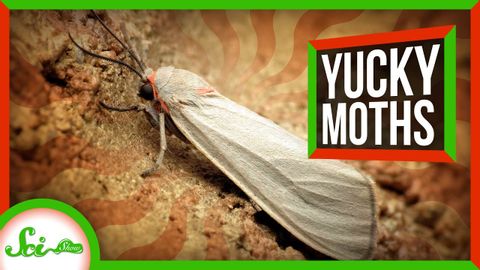
Subtitles & vocabulary
Why These Moths Don't Run Away from Bats
00
林宜悉 posted on 2020/03/30Save
Video vocabulary
bunch
US /bʌntʃ/
・
UK /bʌntʃ/
- Noun (Countable/Uncountable)
- A group of things of the same kind
- A group of people.
- Transitive Verb
- To group people or things closely together
B1
More present
US /ˈprɛznt/
・
UK /'preznt/
- Adjective
- Being in attendance; being there; having turned up
- Being in a particular place; existing or occurring now.
- Noun
- Gift
- Verb tense indicating an action is happening now
A1TOEIC
More metabolism
US /mɪˈtæbəˌlɪzəm/
・
UK /məˈtæbəlɪzəm/
- Uncountable Noun
- Chemical processes to convert food to energy
- The rate at which the body uses energy.
B2
More Use Energy
Unlock All Vocabulary
Unlock pronunciation, explanations, and filters
